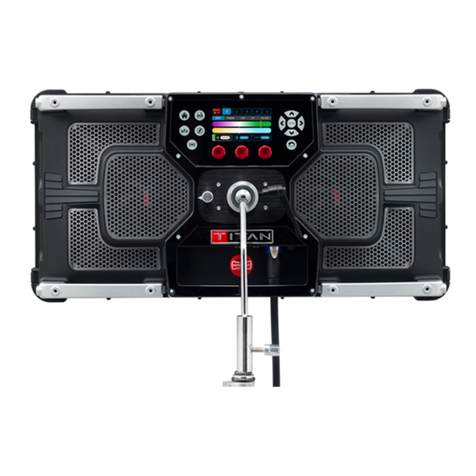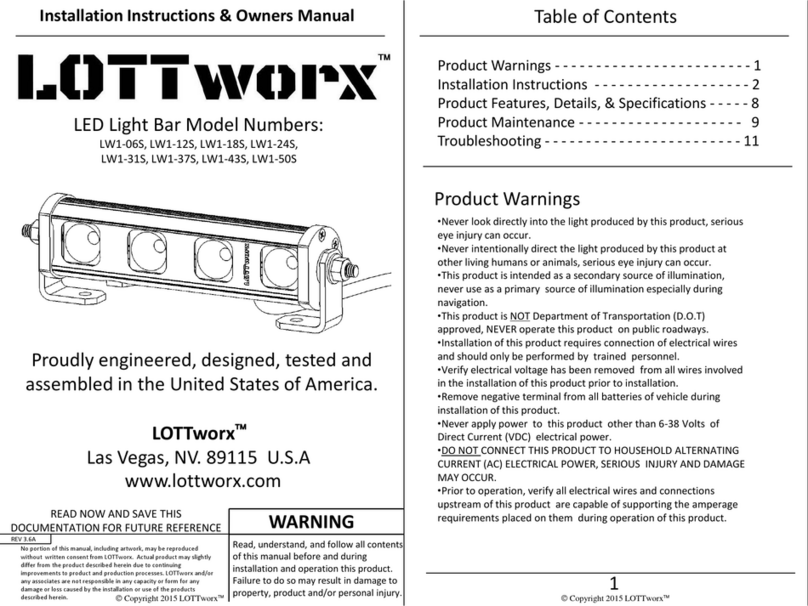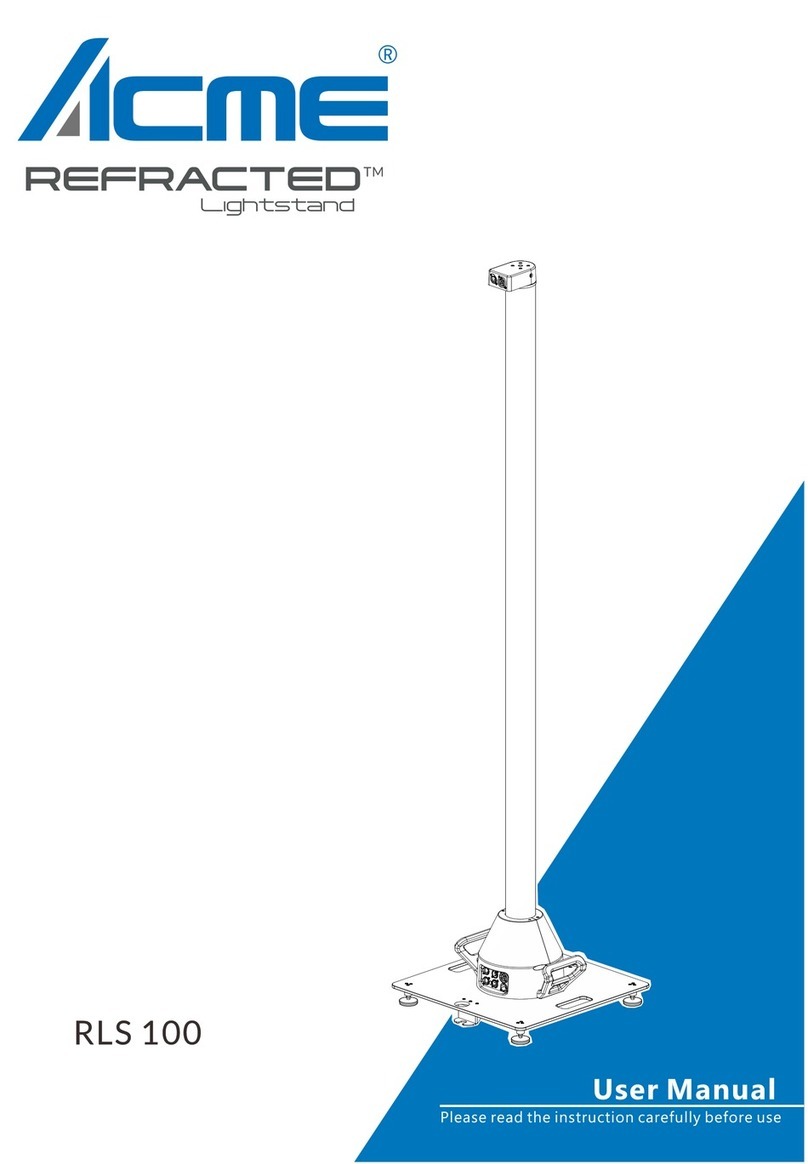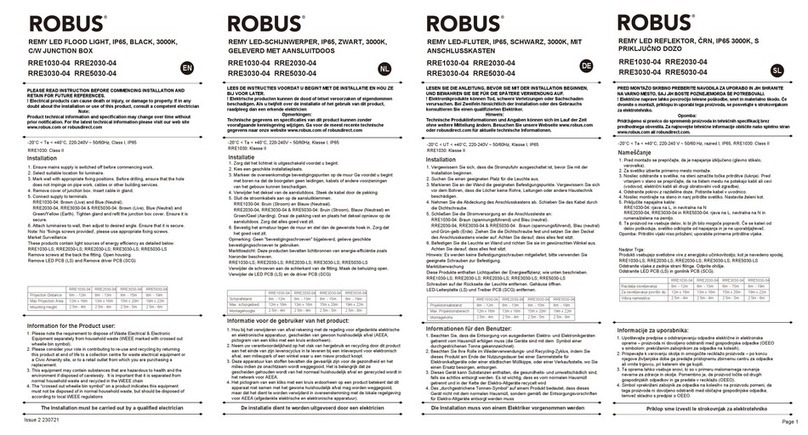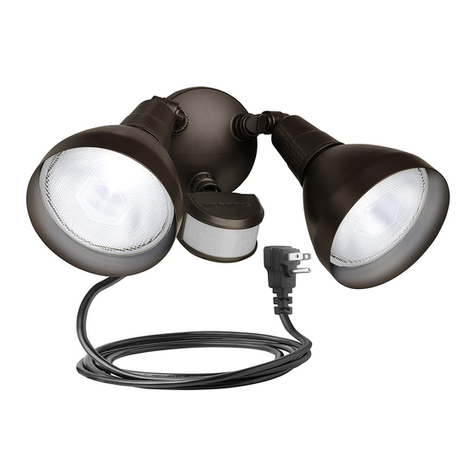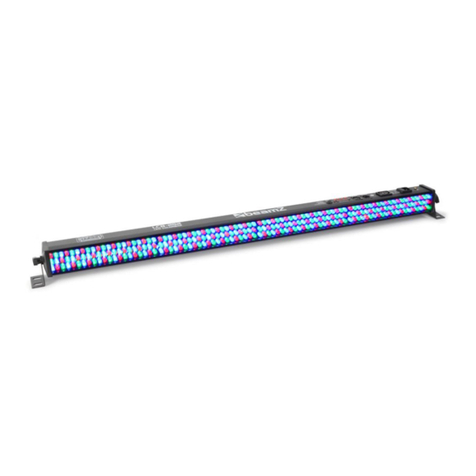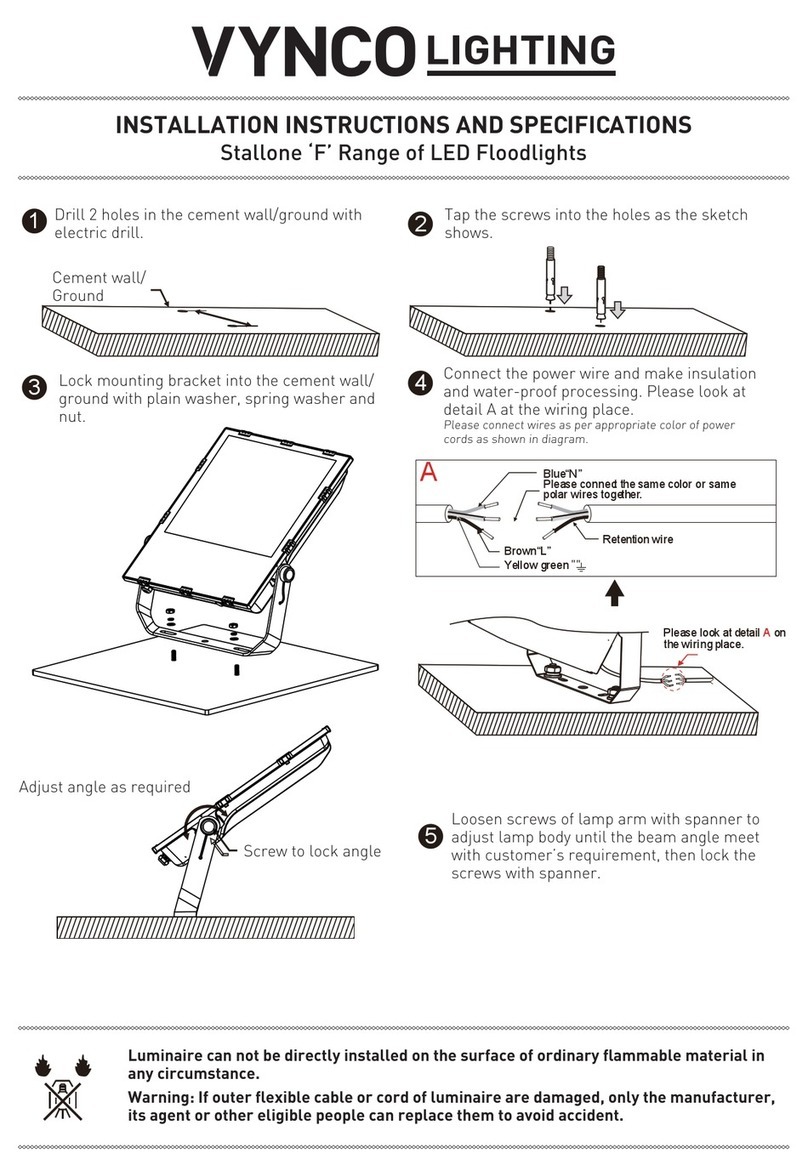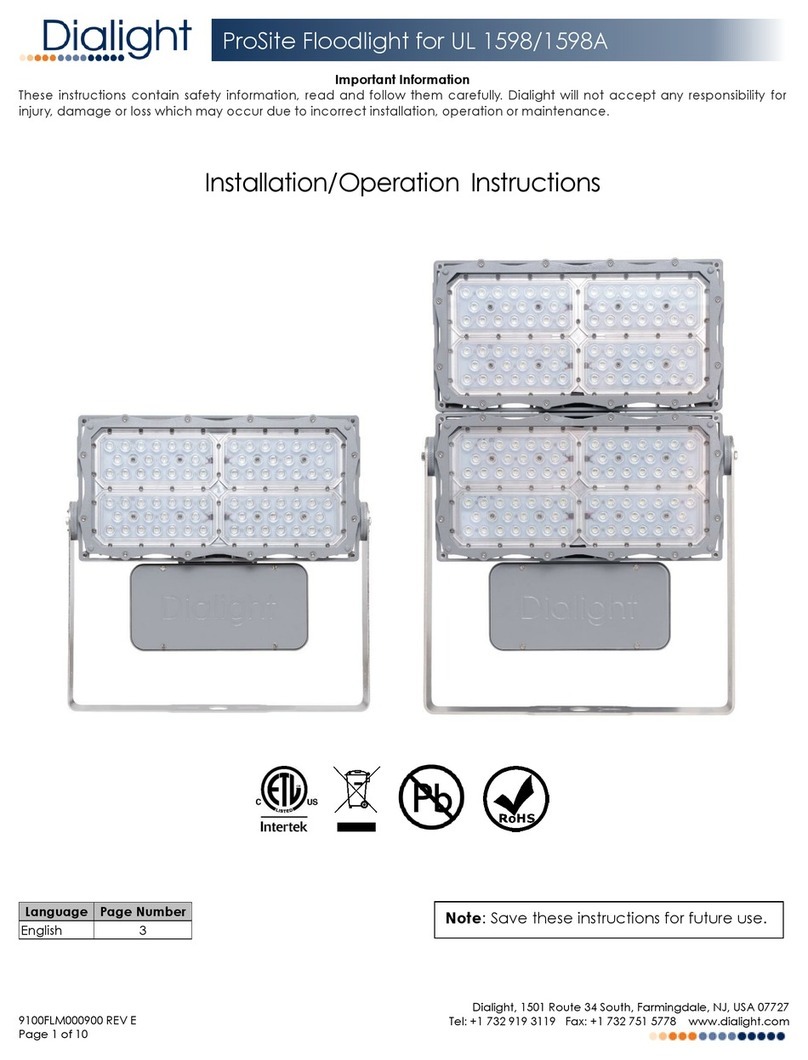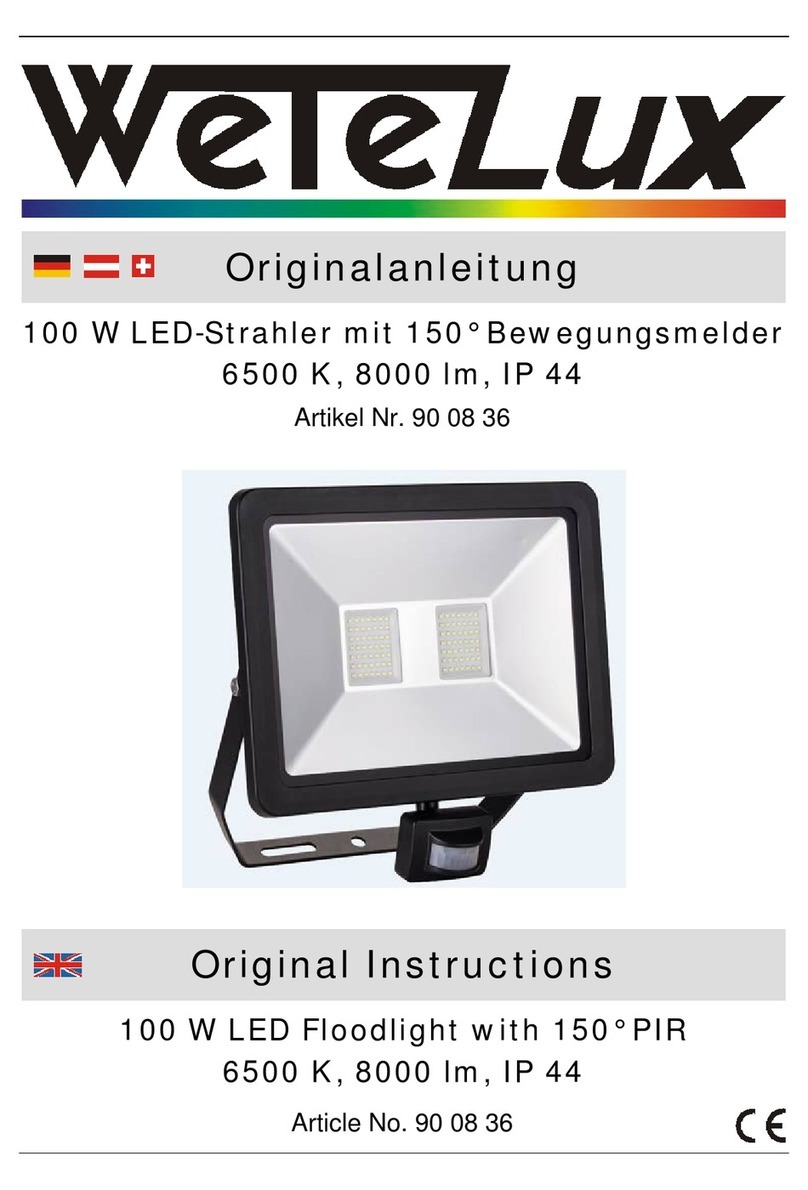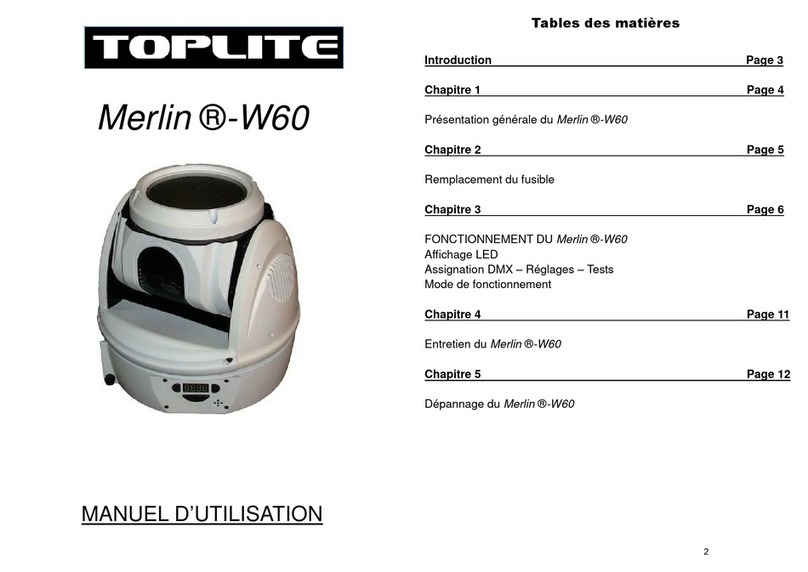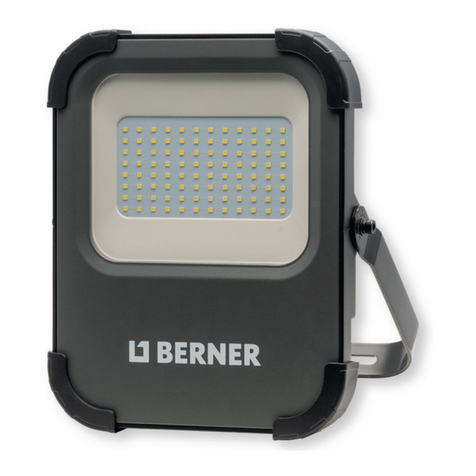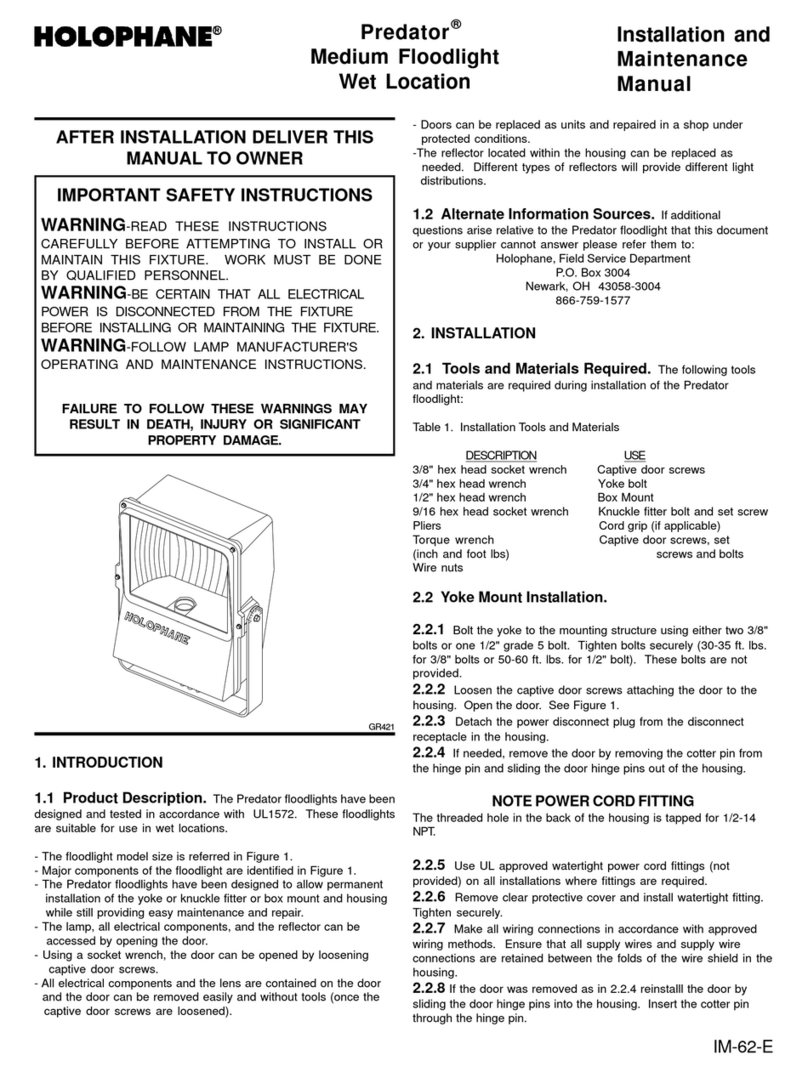
Manual Code - MI150A00003
Revision Level 01 - 05/02/2018
Read this manual and learn the operating characteristics and
limitations of the machine before operating it.
The manufacturer declines all liability for injury to persons and
damage to components due to not respecting the safety rules.
Report all malfunctions to a maintenance responsible. If there
are any repairs to be done, do not operate the equipment.
Normal service and maintenance, if performed as required, can
prevent unexpected and unnecessary down time. This manual
describes standard inspections, operation and servicing with
the normal safety precautions required for normal servicing
and operating conditions.
Operators and maintenance personnel must be safety
conscious and alert to recognize potential operating or
servicing safety hazards at all times. They should immediately
take the necessary precautions to ensure safe operation and
servicing of the machine.
Leggere questo manuale e comprendere le caratteristiche e le
limitazioni d’uso della macchina prima del suo utilizzo.
Il costruttore declina ogni responsabilità per danni a persone e a
componenti per il mancato rispetto delle norme di sicurezza.
Segnalare qualsiasi malfunzionamento al responsabile della
manutenzione. Se ci sono delle riparazioni da fare, non
utilizzare l'apparecchio. La manutenzione regolare, se
effettuata come previsto, può aiutare ad evitare interruzioni
impreviste. Questo manuale descrive i controlli, il
funzionamento e la manutenzione standard con le normali
precauzioni di sicurezza da osservare per un uso e
manutenzione normali.
Gli operatori e i manutentori devono essere prudenti e attenti a
riconoscere i potenziali rischi operativi o di sicurezza in ogni
momento. Essi devono adottare immediatamente le
precauzioni necessarie per garantire condizioni sicure di
funzionamento e manutenzione della macchina.
Be aware of operating risks that may be created
by weather changes. Follow the correct
procedures in the event of heavy rain or electrical
storm.
Essere consapevoli dei rischi derivati da
cambiamenti meteo. Seguire le procedure
corrette in caso di forte pioggia o tempesta
elettrica.
Lower tower when not in use, or if high winds or electrical
storms are expected in the area.
Use protective clothing and safety equipment:
gloves, safety boots, safety hard hat, goggles, ear protection,
and dust masks when necessary.
Know all side clearances and overhead obstructions for safe
operation of the machine.
ALWAYS make sure area above the tower is open and clear
of any kind of obstruction.
Position and operate the lighting tower on a firm surface.
The machine must be levelled and outriggers extended
before raising tower.
Keep area around the machine clear of people while raising
and lowering the mast.
ALWAYS handle fuels and lubricants carefully, clean up spills
to avoid fire and slipping risks.
NEVER using the unit if is in need of repair.
The area near the exhaust pipe become hot in use. Be
careful if you need to work there.
Check that winch cables are in good condition and are
centered on each pulley.
DO NOT use the unit if insulation on the electrical cord is cut
or worn through.
DO NOT permit to untrained personnel to operate the
machine.
NEVER operate a unit if you are tired, not concentrated or
under the influence of drugs or alcohol.
Keep children and animals away from the machine.
Abbassare la torre quando non in uso, o se sono previsti
vento forte o temporali.
Utilizzare vestiario e dispositivi individuali di protezione:
guanti, stivali anti-infortunistica, caschi, occhiali, protezione
acustica e una maschera antipolvere, se necessario.
Identificare tutti gli spazi laterali ed eventuali ostacoli aerei
per un funzionamento sicuro della macchina.
Assicurarsi SEMPRE che lo spazio sopra la torre sia aperto e
libero da qualunque tipo di ostacolo.
Posizionare e usare la torre faro su una superficie solida.
Prima di sollevare la torre, la macchina deve essere livellata
e gli stabilizzatori estesi.
La zona intorno alla macchina deve essere interdetta al
transito mentre si alza o si abbassa il palo telescopico.
Maneggiare SEMPRE carburanti e lubrificanti con attenzione,
pulire le fuoriuscite per evitare il rischio di incendi e
scivolate.
NON usare MAI la macchina se necessita di manutenzione.
L’area in prossimità del tubo di scarico si riscalda durante
l'uso. Fare attenzione se dovete lavorare in questa zona.
Controllare che i cavi siano in buone condizioni e centrati su
ciascuna puleggia.
NON usare la macchina se la guaina di isolamento del cavo
elettrico è tagliata o usurata.
NON permettere a personale non addestrato l’uso della
macchina.
NON mettere MAI in funzione la macchina se si è stanchi,
poco concentrati o sotto l'influenza di droghe o alcool.
Tenere bambini e animali fuori dalla portata della macchina.
SAFETY RULES__NORME DI SICUREZZA
SAFETY PRECAUTIONS TO BE OBSERVED__AVVERTENZE GENERALI




















